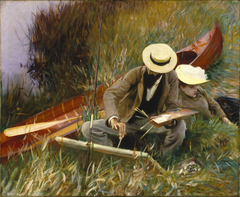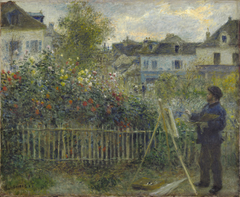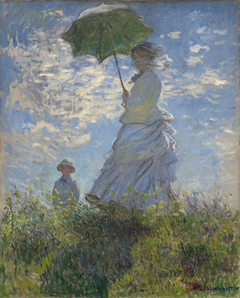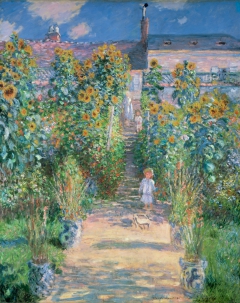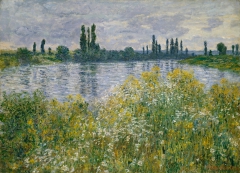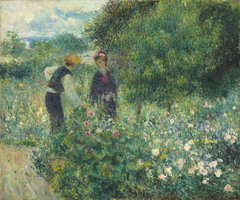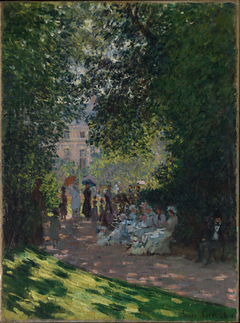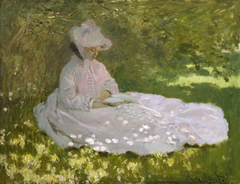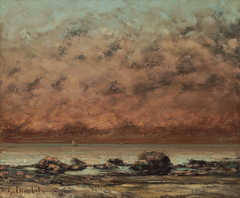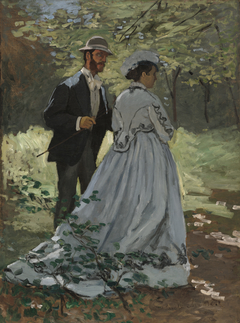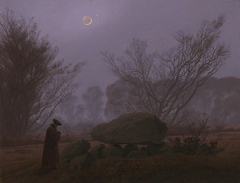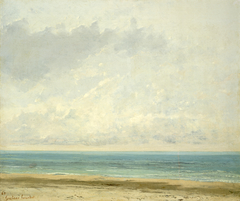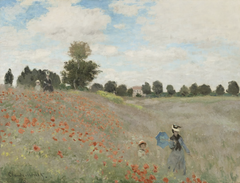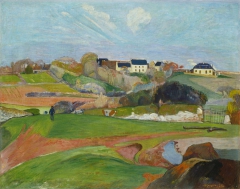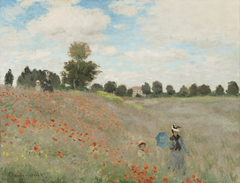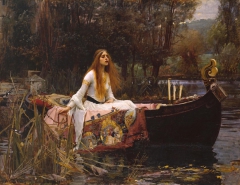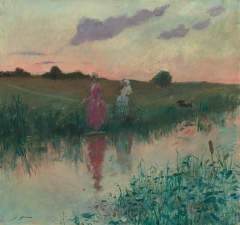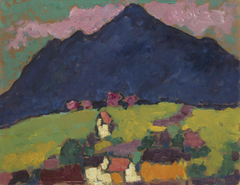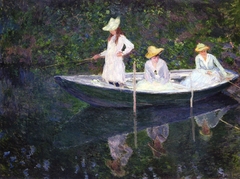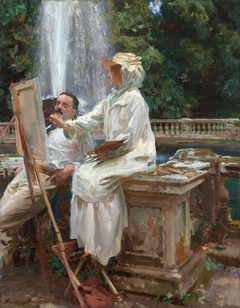Plein Air
"Plein-air is not about quickly executing a scene and slinging thick paint just to have it on the canvas. Maintaining control of art principles is an imperative."
(Kenn Backhaus)
Plein air, or en plein air painting, is a term derived from the French equivalent meaning of "open air" to denote the act of painting outdoors in direct contact with nature. This artistic technique contrasts with the painting that takes place in a studio and follows the academic and classical rules. By contrast, experiencing painting and drawing in a landscape allows to depict the actual visual conditions seen by the artists at the moment of the painting act.
Today plein air is a familiar concept of painting, but in the late 1800s it was quite revolutionary. In the 19th century the plein air technique became particularly important to the movements of Realism and Impressionism. Artists famous for using the plein air technique in their canvas are: Claude Monet, Edouard Manet, Pierre-Auguste Renoir, Georges Seurat, John Constable, J. M. W. Turner, Gustave Courbet and Jean-François Millet.
